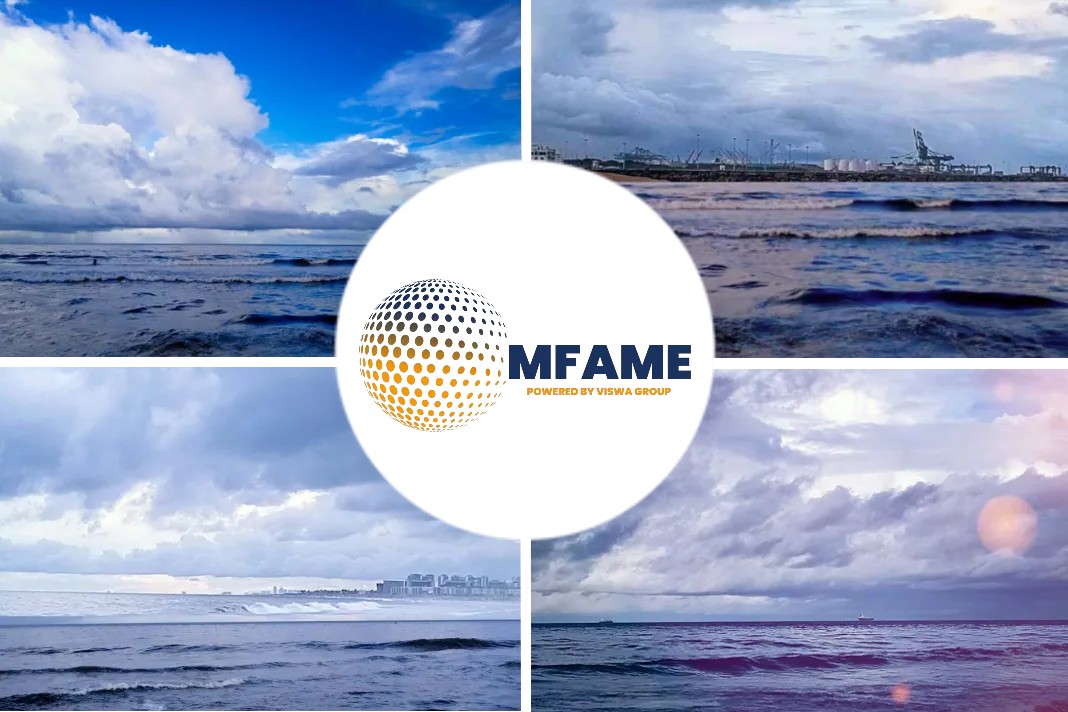- The International Shipping Industry carries about 90% of the global trade in goods, with more than 53,000 merchant ships currently operating in the oceans.
- The industry is a significant contributor to the world’s total greenhouse gas emissions.
- Ships emit 3% of all greenhouse gases, but some scientists have forecasted that shipping could account for 17% of total annual emissions by 20501.
A recent news article published in the General Fusion states that Fusion Energy To Decarbonize The Maritime Industry.
Fusion energy can support the maritime industry’s decarbonization efforts
Fusion energy can support the maritime industry’s decarbonization efforts in the 2030s and beyond. This goal inspired a joint study that was used in DNV’s Energy Transition Outlook this year. The study brought together leading companies, including General Fusion, to develop a technical and business concept for powering large shipping vessels using Magnetized Target Fusion technology.
The transition to fusion for fuel
The International Maritime Organization (IMO) is targeting a reduction in carbon emissions from international shipping by at least 40% by 2030 (compared with 2008 levels) and by 70% by 20502. The IMO took this action to support the United Nations Sustainable Development Goal 13, to fight climate change and its impacts.
Shipping is recognized as the most efficient form of commercial transport. However, the enormous scale of the industry means that it is nevertheless a significant contributor to the world’s total greenhouse gas emissions.
The maritime industry’s challenge right now is finding a sustainable energy source to power large shipping vessels. The joint study results featured in the DNV’s Energy Transition Outlook report showed that a fusion-powered shipping vessel will offer lower transport costs, faster service and zero emissions. The assessment focused on a future fleet of shipping vessels operating on the East-Asia to Europe trade. The study documents that future fusion-powered shipping vessels are economically attractive. And fusion technology might offer an additional pathway for reaching IMO emissions targets because of its benefits, including its economic cost.
A layout of the general arrangement of the fusion-powered shipping vessel. The fusion engine is located in a sealed engine room below and forward of the deckhouse3.
The timeline for fusion energy
Shipping plays a vital role in global supply chains, which means countries will use the shipping industry to support their net-zero targets. Currently, zero-carbon fuels and technologies are not available at the size, scale or price for wide-scale adoption by the shipping industry.
Fusion is a reliable firm power source that produces zero emissions. Fusion technology has advanced rapidly in recent years, and a commercially available fusion engine is expected by the 2030s. General Fusion’s Fusion Demonstration Plant, scheduled for operation in 2025, is a major milestone on the path to commercialization. It will confirm the performance and economics of our Magnetized Target Fusion technology so we can scale it to our commercial pilot plant.
References
1 Whieldon, E. (2021). Your climate change goals may have a maritime shipping problem. Retrieved from S&P Global: https://www.spglobal.com/esg/insights/your-climate-change-goals-may-have-a-maritime-shipping-problem
2Initial IMO GHG Strategy. (n.d.). Retrieved from International Maritime Organization: https://www.imo.org/en/MediaCentre/HotTopics/Pages/Reducing-greenhouse-gas-emissions-from-ships.aspx
310 technologies impacting the energy transition. (2021). Retrieved from DNV’s Energy Transition Outlook: https://eto.dnv.com/technology-progress-report-2021#TPR2021-top
Did you subscribe to our daily Newsletter?
It’s Free! Click here to Subscribe
Source: General Fusion






















